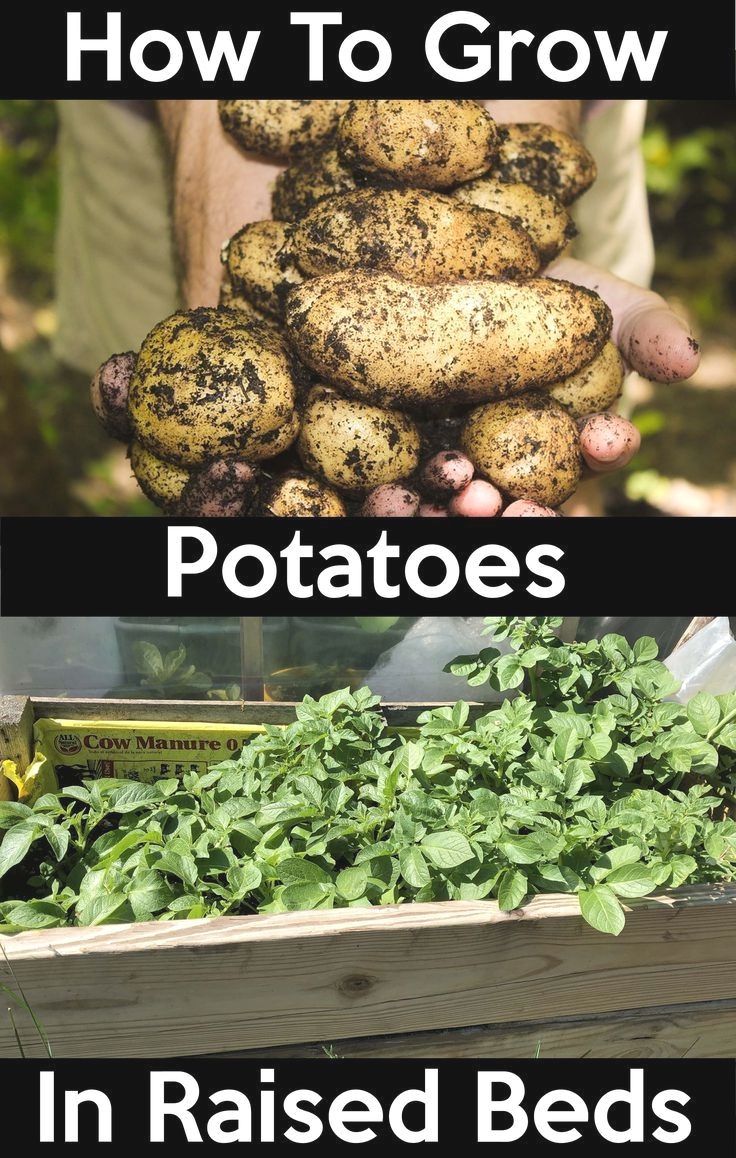
Potatoes in raised beds: A growing guide for success
Potatoes in Raised Beds: A Growing Guide for Success Are you ready to take your potato cultivation to the next level? Growing potatoes in raised beds is a fantastic method to achieve a bountiful harvest while minimizing common gardening challenges. In this comprehensive guide, we’ll walk you through the steps to successfully grow potatoes in […]
Potatoes in Raised Beds: A Growing Guide for Success
Are you ready to take your potato cultivation to the next level? Growing potatoes in raised beds is a fantastic method to achieve a bountiful harvest while minimizing common gardening challenges. In this comprehensive guide, we’ll walk you through the steps to successfully grow potatoes in raised beds. You’ll discover the benefits of this approach, best practices, and essential tips to ensure a thriving potato crop.
Benefits of Growing Potatoes in Raised Beds

Raised beds have gained immense popularity among gardeners, and for good reason. They offer numerous advantages when it comes to growing potatoes:
Improved Drainage
One of the primary benefits of using raised beds is superior drainage. Potatoes despise soggy soil, and the raised bed design allows excess water to drain away quickly, preventing waterlogged roots. This ensures your potatoes receive the right amount of moisture, reducing the risk of rot and disease.
Enhanced Soil Quality
Raised beds allow you to have more control over your soil quality. You can amend the soil with organic matter, compost, and nutrients to create the ideal growing environment for potatoes. This rich, well-draining soil promotes healthy root development and a higher yield.
Warmer Soil
Potatoes thrive in warmer soil conditions. Raised beds tend to heat up faster in the spring, giving your potatoes a head start in their growth. This means an earlier harvest and larger, healthier tubers.
Pest Management
The elevated nature of raised beds can act as a natural barrier to some pests, making it harder for them to reach your precious potato crop. It also makes it easier to spot and manage any pests that do find their way in.
Choosing the Right Location
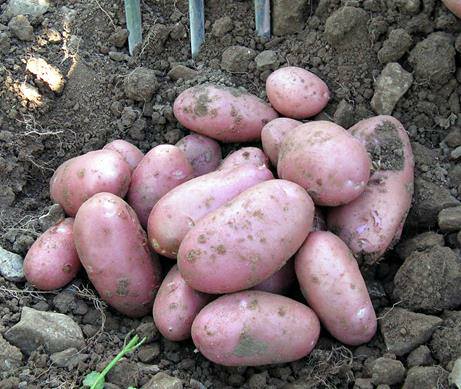
Selecting the ideal location for your potato-raised beds is crucial for a successful harvest:
Sunlight
Potatoes require a minimum of 6-8 hours of direct sunlight daily. Choose a spot in your garden that receives ample sunshine throughout the day.
Accessibility
Ensure that your raised beds are easily accessible for planting, maintenance, and harvesting. A convenient location will make your gardening tasks much more manageable.
Soil Quality
Before building your raised beds, assess the quality of the soil in the chosen area. While raised beds allow for soil improvement, it’s best to start with decent soil quality to begin with.
Building Your Raised Beds
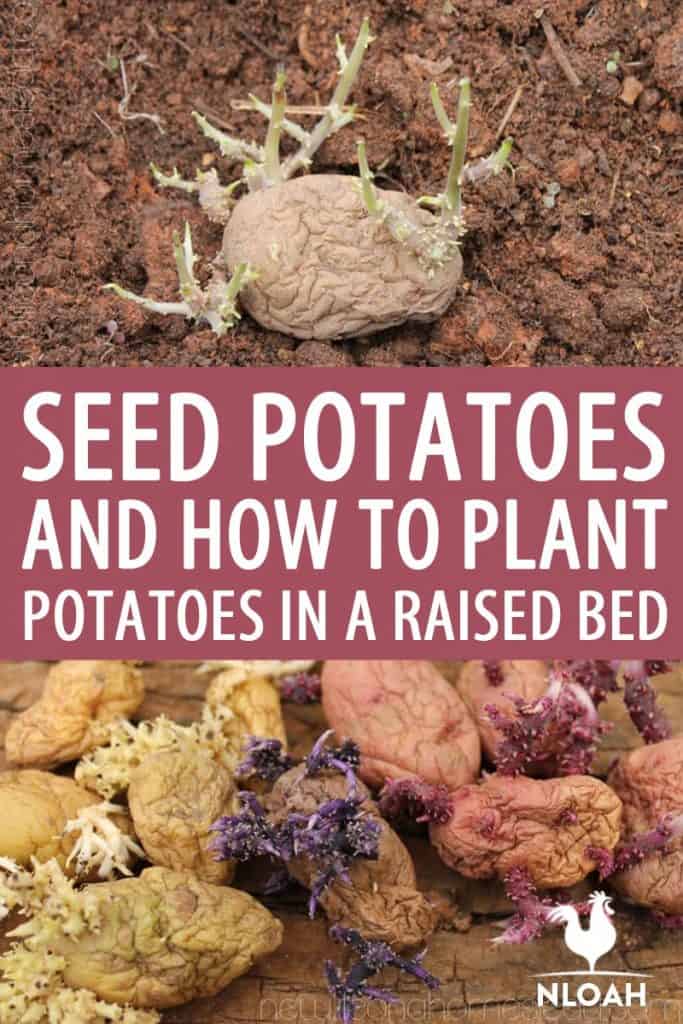
Now that you’ve selected the perfect location, it’s time to construct your raised beds:
Bed Dimensions
The dimensions of your raised beds are crucial. Ideally, they should be no wider than 4 feet, allowing you to reach the center from both sides without stepping into the bed. The length can vary based on your available space.
Materials
You can use various materials for constructing your raised beds, including wood, concrete blocks, or even galvanized metal. Ensure the material you choose is non-toxic and durable, as it will be in contact with your soil.
Soil Mix
Fill your raised bed with a well-balanced mix of garden soil, compost, and organic matter. Aim for a loose, well-aerated mixture that promotes healthy root growth.
Planting Potatoes
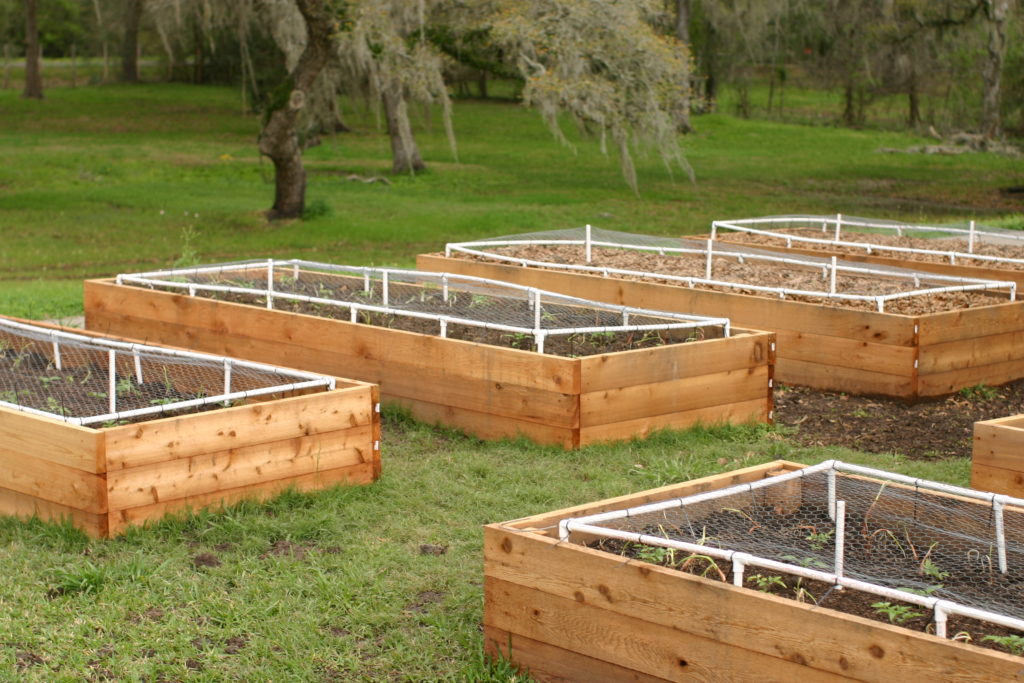
Now that your raised beds are ready, it’s time to plant your potatoes:
Seed Potatoes
Purchase certified seed potatoes from a reputable source. Avoid using potatoes from the grocery store, as they may carry diseases. Cut your seed potatoes into smaller pieces, ensuring each piece has at least one eye or bud.
Spacing
Plant your seed potatoes about 3 inches deep in the soil, spacing them 12-15 inches apart. Leave 2-3 feet between rows to allow for easy growth and harvesting.
Hilling
As your potato plants grow, periodically hill soil up around the base of the plants. This helps protect the developing tubers from sunlight, preventing them from turning green and becoming bitter.
Maintenance and Care
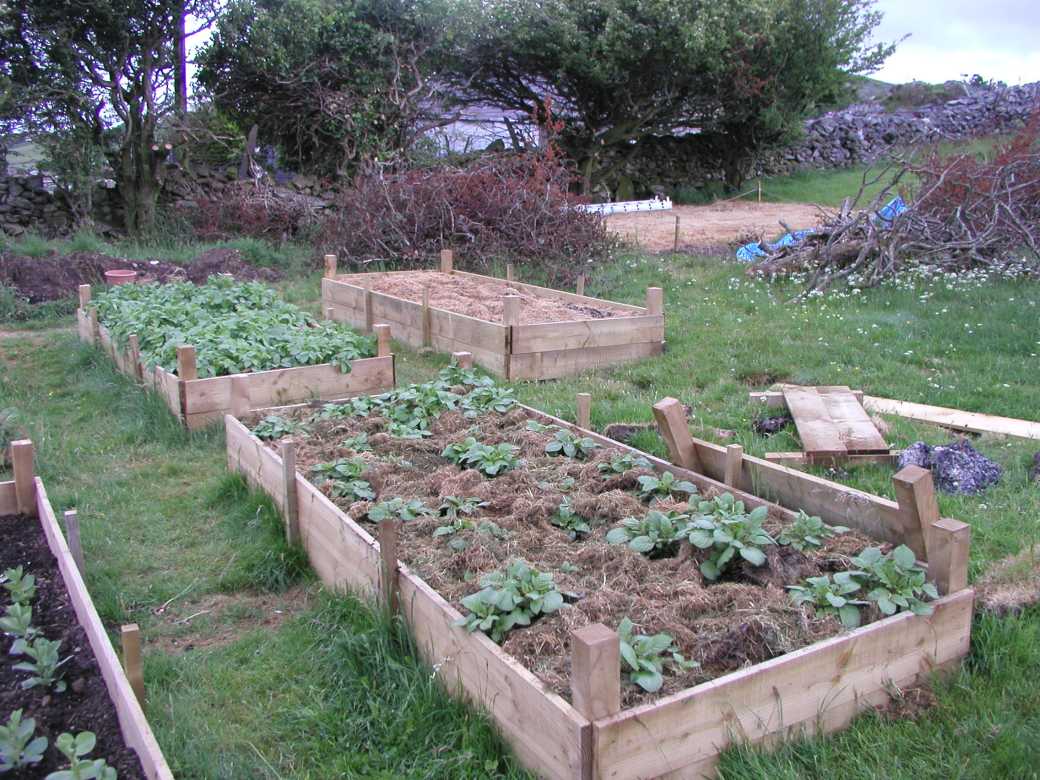
Caring for your potatoes in raised beds is relatively straightforward:
Watering
Maintain consistent soil moisture, ensuring it remains evenly moist but not waterlogged. Water deeply and infrequently to encourage the roots to grow deep.
Fertilizing
Feed your potato plants with a balanced, slow-release fertilizer to support their growth. Avoid over-fertilizing, as it can lead to excessive foliage growth at the expense of tuber development.
Pest and Disease Management
Regularly inspect your plants for signs of pests or diseases. Use organic pest control methods whenever possible to avoid chemical residues on your potatoes.
Harvesting
The moment of truth has arrived, and it’s time to harvest your potato crop:
Timing
Potatoes are typically ready for harvesting 70-90 days after planting. Monitor the plants for signs of maturity, such as yellowing foliage.
Harvesting
Carefully dig up your potatoes using a garden fork or your hands, being gentle to avoid damaging the tubers. Enjoy the satisfaction of unearthing your homegrown, delicious potatoes.
FAQ
Q: Can I grow potatoes in raised beds year-round?
A: Potatoes are typically grown in the spring and summer. If you live in a mild climate, you may be able to grow them year-round with proper care and protection from frost.
Q: What should I do with the soil in my raised beds after harvesting potatoes?
A: After harvesting potatoes, you can plant other crops in your raised beds. It’s a good practice to rotate your crops to prevent soil depletion.
Q: Do I need to remove all the foliage when harvesting potatoes?
A: While you can trim the foliage for easier harvesting, it’s not necessary to remove it entirely. The plant will naturally die back as the potatoes mature.
In conclusion, growing potatoes in raised beds is a rewarding endeavor that can yield a bountiful harvest of delicious tubers. With improved drainage, soil quality, and pest management, your potato crop is set up for success. Remember to choose the right location, build your raised beds carefully, and follow proper planting and maintenance techniques to ensure a thriving potato garden. Happy gardening!
tag
- chicken feed
- how to Keep Chickens Off Your Porch
- How to grow oyster mushrooms at home
- Growing Kale in Pots








